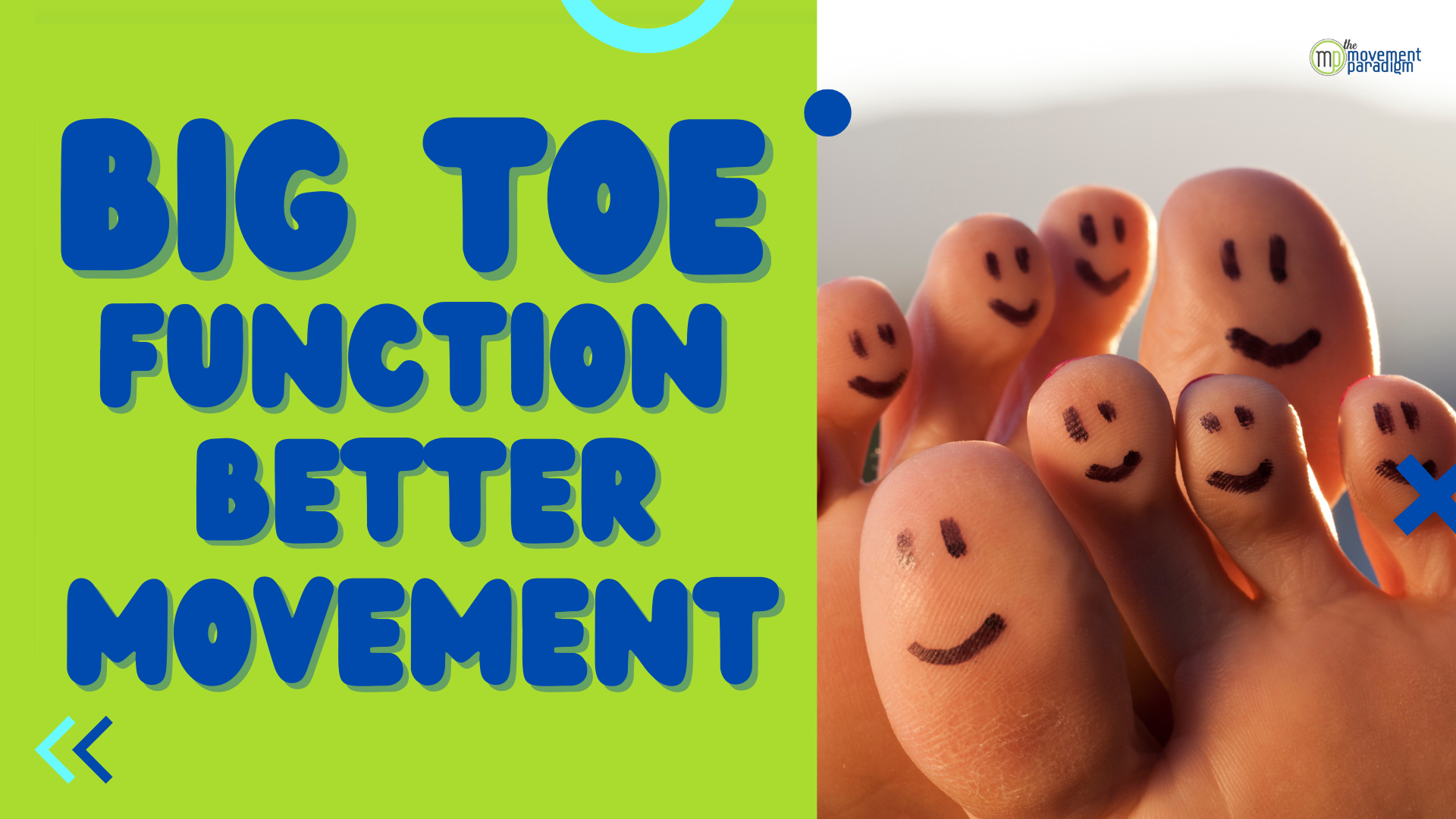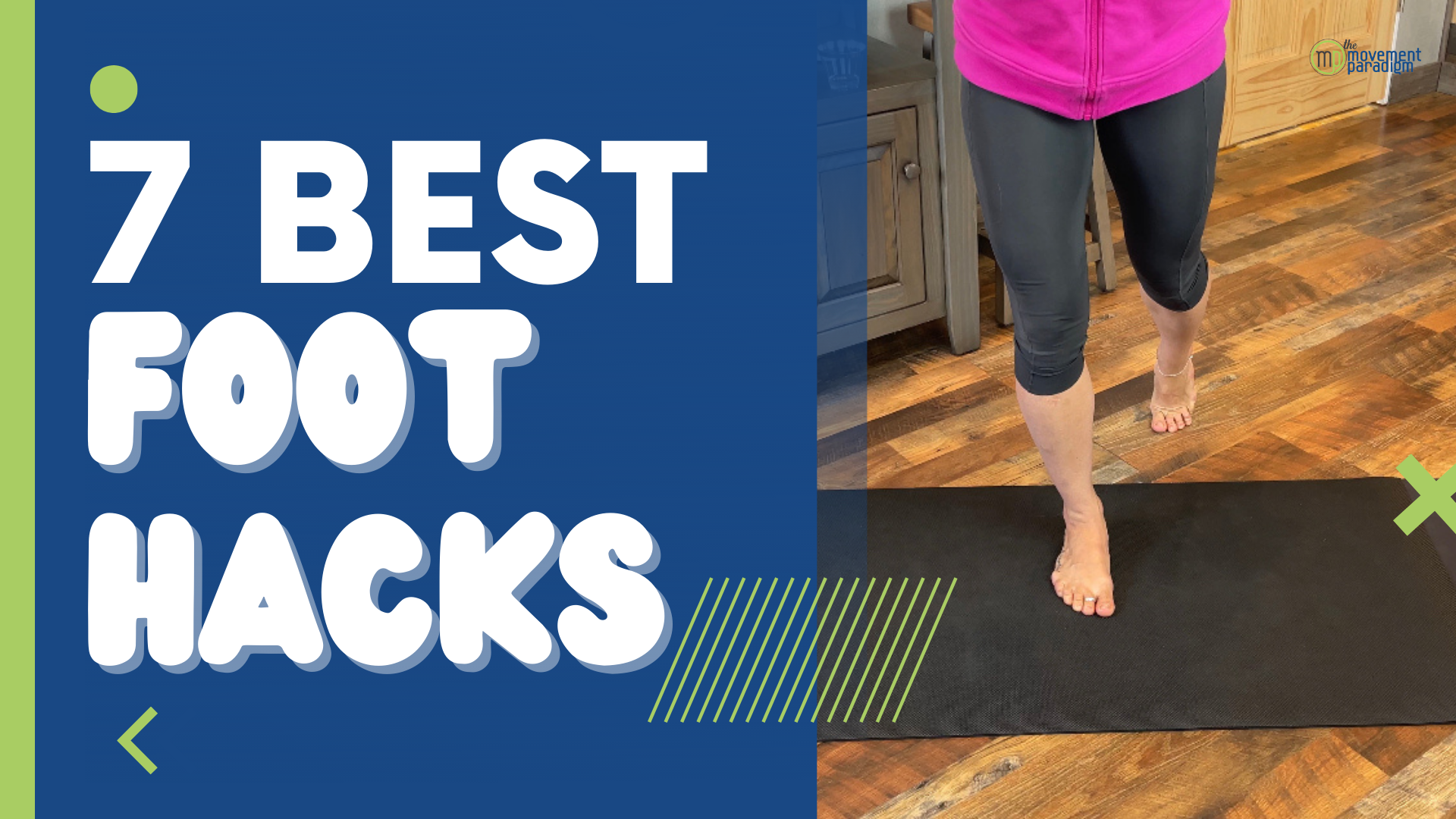Have you ever stopped to think about how important your big toe is? Sure, it may seem like just another digit on your foot, but the truth is, it plays a crucial role in your body’s overall function. In fact, the big toe, also known as the first MPJ or metatarsophalangeal joint, is responsible for a lot more than you might realize.
So, if you’re curious to learn more about the amazing things your big toe can do, then stick around because we’re about to dive into the fascinating world of foot function.
Rather watch or listen?
Why is the big toe important?
As Dr. Emily Splichal, founder of EBFA Global and Naboso Technology, would say, the big toe is our linchpin in movement efficiency. It is so vital for us to be able to transfer force efficiently, prevent injury, and move with fluidity, and hopefully continue to age gracefully as we get older.
What are the pathologies that can present with the big toe?
The big toe can be affected by various pathologies. One common condition is big toe arthritis, which affects the first metatarsal phalangeal joint. If left untreated, arthritis can worsen and eventually lead to a self-fusion due to prolonged joint centration issues and inflammation.
Another pathology that can affect the big toe is a bunion. This condition arises when there is instability in the metatarsal cuneiform joint, causing the metatarsal to shift outward and the big toe to deviate from its natural alignment. Over time, this can result in pain and discomfort in the joint.
It is important to maintain an optimal joint position for any joint in the body, including the big toe. This is known as joint centration. For the big toe to function optimally, it should be in a proper alignment.
Biomechanics of toe joint (phalangeal joint)
When we are moving, we want this joint to slide, glide, and jam. For example, when we’re walking and pushing off in our gait cycle, if we are missing the glide of the 1st metatarsal, then the joint will jam too early. If it doesn’t move into plantar flexion (towards the ground) during toe off, the jamming will eventually cause pain or some type of pathology.
Our big toe is essential for dynamic activity, such as walking, stairs, lunging, running, or jumping. All of our dynamic activity is driven by how well we can move this toe. The glide is affected by a spiraling pattern that occurs in our foot. This, in turn, affects our spiraling all the way up the kinetic chain. Any dysfunction in this spiraling pattern will influence how this toe and the first metatarsal glide.
It’s essential to note that the anterior tibialis muscle and the peroneus longus create a unique stirrup on the foot, and any dysfunction in that stirrup or spiraling pattern will affect how this joint glides.
Take-home messages
First and foremost, it’s crucial to recognize the significance of your big toe in your movement. It’s responsible for providing 30 degrees of range of motion for walking, with a normal range being around 60 degrees.
Without an optimal range of motion, wearing high heels can be incredibly painful, as it requires 90 degrees of range. Therefore, it’s crucial to have an optimal range of motion for walking, which requires at least 30 degrees. By recognizing the importance of your big toe in movement, you can better understand how to support it properly.
Secondly, if you have any pathology related to your big toe, it’s essential to address the underlying cause to prevent it from persisting. This could be anything from stiffness to pain, and it’s crucial to identify the root cause to develop an effective treatment plan.
Lastly, to truly address any issues related to your big toe, it’s important to look at the root causes of the pattern you’re experiencing. This means examining the whole body and identifying how the pelvis is moving, how you’re rotating, and whether you have the mobility in the foot, ankle, and calf to spiral properly. By looking at these root causes, you can develop a more comprehensive approach to addressing any issues related to your big toe and supporting the optimal movement.
The Bottom Line
Your big toe plays a crucial role in movement, and recognizing its significance is essential to maintaining optimal mobility and preventing any related pathologies.
If you found this helpful, please give it a like and share it, and make sure to subscribe to our YouTube channel, The Movement Paradigm, for more weekly tips on mindset, nutrition, and movement.
If you’re looking for support on your health journey, we’re here to help! Feel free to reach out to us for a discovery session.
Other things that might interest you:


